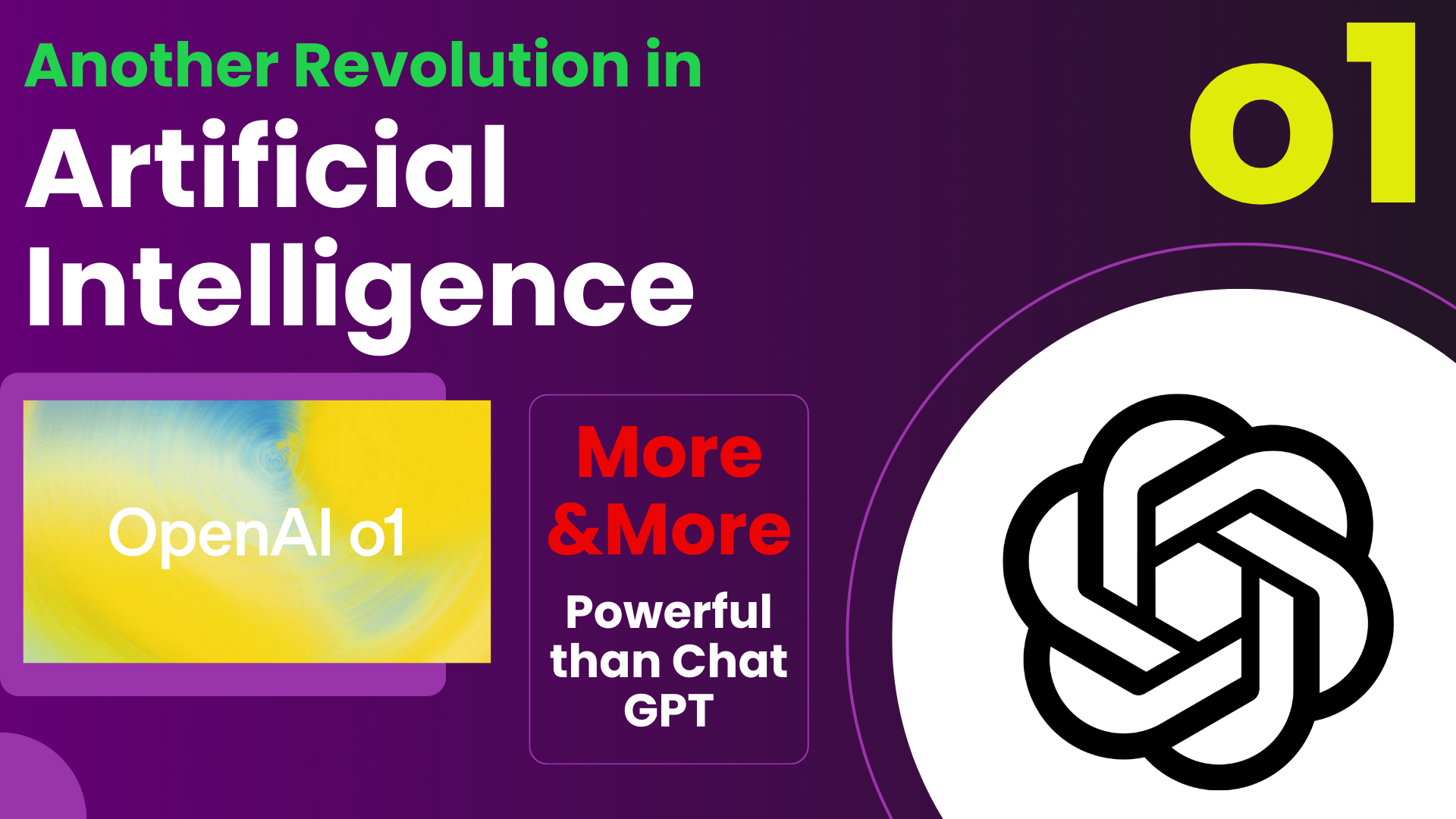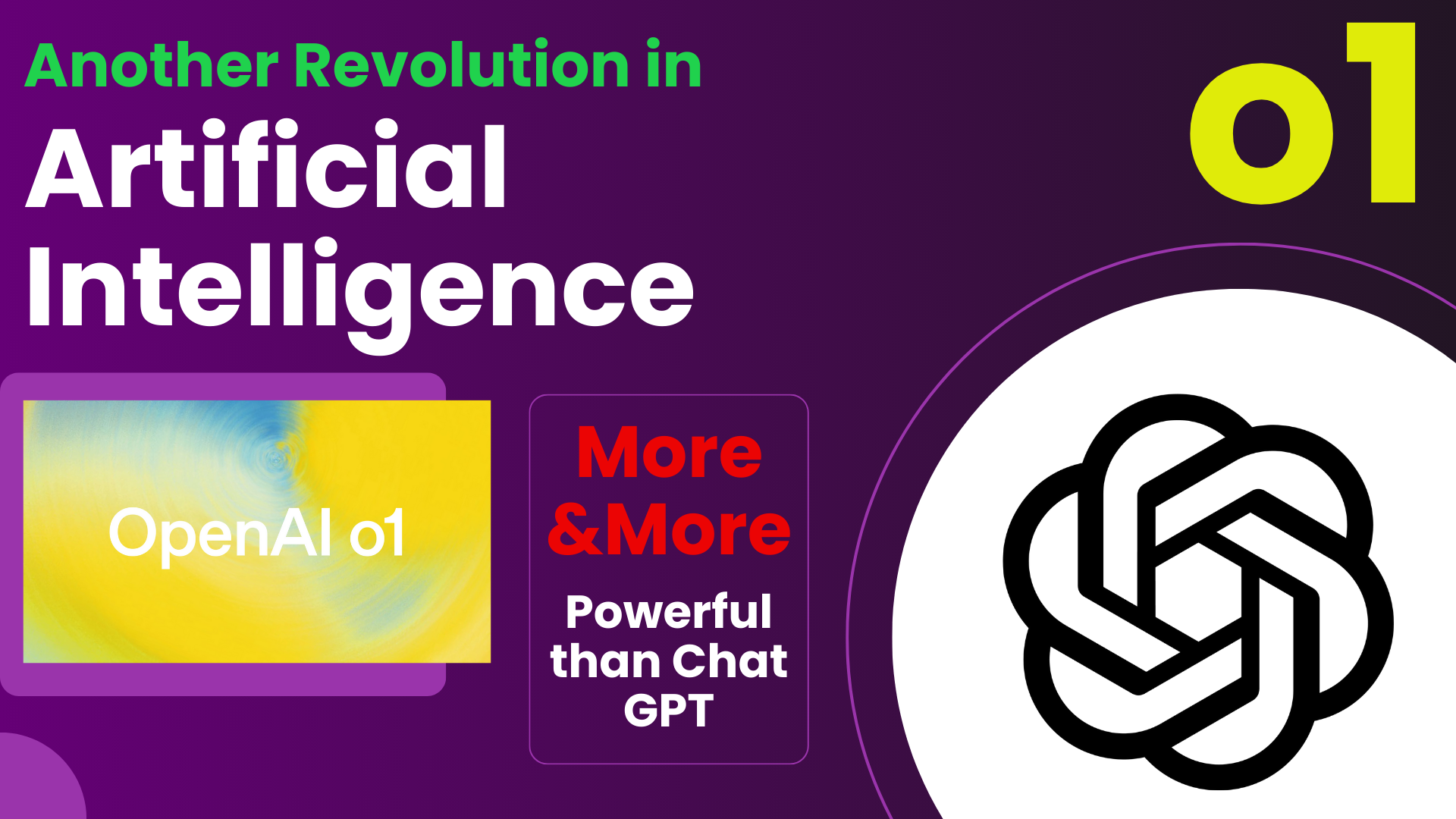ChatGPT was just the start—meet O1, the next leap in AI reasoning and problem-solving.

OpenAI has introduced a new series of reasoning models, dubbed "O1," which was officially launched on September 12. These models are designed to handle more complex problems by spending more time thinking before responding. This ability to think through challenging tasks makes them more effective than previous models, particularly in areas like science, programming, and mathematics.
The standout feature of the O1 model is its human-like reasoning ability. Through rigorous training, it learns to refine its problem-solving process, apply different strategies, and correct its mistakes—similar to how a human would approach a problem. OpenAI claims that in internal tests, the O1 model performs comparably to PhD students on difficult benchmark tasks in physics, chemistry, and biology. For example, while GPT-4 was able to solve only 13% of the problems in a qualifying exam for the International Mathematics Olympiad (IMO), the O1 model achieved an impressive 83%. This shows a significant leap in capability over previous models.

Currently, O1 lacks some of the features available in ChatGPT, such as the ability to browse the web or handle file uploads and images. However, for complex reasoning tasks, it already represents a major advancement in AI. OpenAI's O1 series marks a new era of AI capability, resetting the count back to one and symbolizing a fresh start for these reasoning-based models.
Safety has also been a key focus in the development of O1. In one of OpenAI's most difficult jailbreaking tests (where users try to bypass safety rules), GPT-4 scored 22 out of 100, while the O1 preview model achieved an impressive 84. This demonstrates O1's enhanced safety features, making it more secure than ChatGPT.
ChatGPT has had a major impact across industries and for general users, helping solve everyday problems such as drafting emails or conducting research. However, with the O1 series poised to become popular, OpenAI's influence in the AI landscape is likely to grow even further. This new model is particularly suited to complex problems in science, programming, mathematics, and related fields. Researchers in healthcare, for instance, could use O1 to annotate cell sequencing data, physicists could generate advanced mathematical formulas for quantum optics, and developers in all fields could create and execute multi-step workflows more effectively.
A free version of the O1 model, called "O1 Mini," is set to launch in the coming week. While O1 is currently only available to paid ChatGPT users, this release will allow a broader audience to access the advanced capabilities of the model.
In summary, while O1 is in its early stages, it shows tremendous potential, particularly in research-intensive fields, and we can expect further updates and improvements from OpenAI in the near future.
OpenAI O1 launch | O1 model capabilities | reasoning AI models | advanced AI technology | AI research tools | new AI models 2024 | O1 vs ChatGPT | AI performance benchmarks | AI for researchers | O1 in science and mathematics | OpenAI innovations | AI reasoning advancements | O1 Mini release | AI safety improvements | complex AI tasks | AI in programming | O1 model review | OpenAI updates | Edusoft Malayalam








